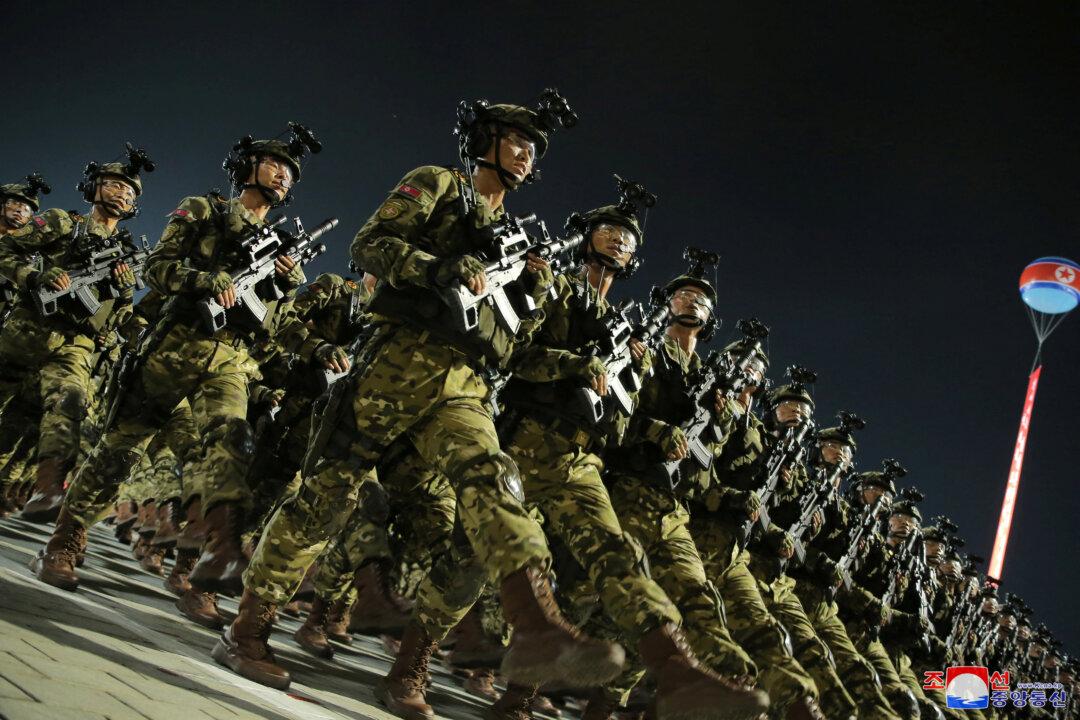Many Hong Kong residents complain that they have contracted skin diseases and their children suffer a variety of discomfort from the toxic fumes of tear gas. In addition, dead birds have been found in many places, including at the two universities that were heavily assaulted by Hong Kong police in the past two weeks.
Skin Irritations
Images showing skin irritations, such as allergies, dermatitis, rashes and blisters have been posted on Facebook, and the location where the person was exposed to tear gas—either in the workplace or at home—was marked on each picture. Apparently, people all over Hong Kong have been affected.[embed]https://www.facebook.com/journesis/photos/a.207546869644373/965211870544532/?type=3[/embed]
Many Contracted Chloracne
The Epoch Times previously reported that many policemen contracted chloracne, a rare skin illness, and that their supervisors ordered them to keep quiet about the issue over fears that their colleagues would get worried.A journalist who has been working at the front lines of the Hong Kong protests in the past two months was also diagnosed with chloracne.
Affected Children
An online survey initiated by Hong Kong Moms Against the Extradition Bill, a non-government organization, invited parents in the city to share about the adverse health effects of tear gas they observed on their children.Responses from 1,188 parents show that children in almost every area of Hong Kong have been affected. Among them, 74 are infants aged one or under, with the youngest being only two months old. The largest number of underage victims are from Yau Tsim Mong, where police fired tear gas most intensively, accounting for 12 percent of the total victims, followed by Tseung Kwan O and Hong Kong Island East.
Bird Deaths
On Nov. 12, police fired a large amount of tear gas and sprayed blue-dyed water from water cannon trucks at the Chinese University of Hong Kong. Two days later, netizens posted pictures on Facebook of dead birds inside the campus.Dead birds were also found in several other places in Hong Kong, such as Mong Kok, according to other posts.
[embed]https://www.facebook.com/kwanlaishan/photos/a.2472428216109139/2828943157124308/?type=3[/embed]
Beginning on Nov. 17, police assaulted Hong Kong Polytechnic University for several days in a row. In a picture taken near the campus on Nov. 19, five bird carcasses, with their bellies facing up, were seen on a stretch of road less than 32 feet long.
Medical Expert: ‘Stop Harming Hong Kong Citizens’
Dr. K Kwong, an expert in Chemistry from the University of Hong Kong, urged Hongkongers to take action against the police use of tear gas.During a Nov. 27 interview, Dr. Kwong told the Chinese-language Epoch Times that the firing of tear gas certainly brought harm to Hong Kong.
“The police fired too many rounds of tear gas. Hong Kong is a densely populated city, and the harm incurred is therefore a lot worse than in other regions,” he said.
Some people think they can effectively protect themselves by wearing a gas mask, but Dr. Kwong pointed out that it’s not enough to guard against harmful chemicals.
“The protection a mask provides is preventing you from inhaling the smoke. However, skin exposure can also cause health problems. The chemicals from smoke and the dust can cling to your clothes as well,” he said.
Dr. Kwong said the worst case he encountered was a patient who had severe acne-like skin eruptions on his entire arm. “I was appalled upon seeing his arm,” he said.
He warned authorities about the dangers of the chemical dioxin released from tear gas.
“I want to urge the police to stop being so brutal to our people. And we must tell the authorities to stop harming Hongkongers with dioxin! It affects the health of everyone living in Hong Kong.”





